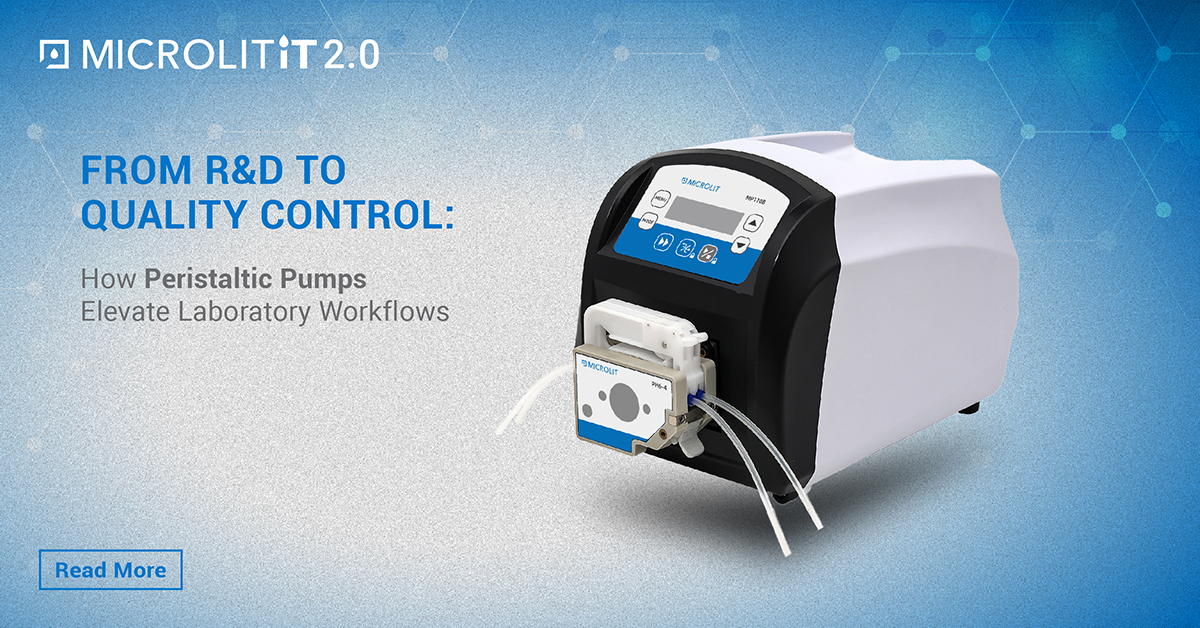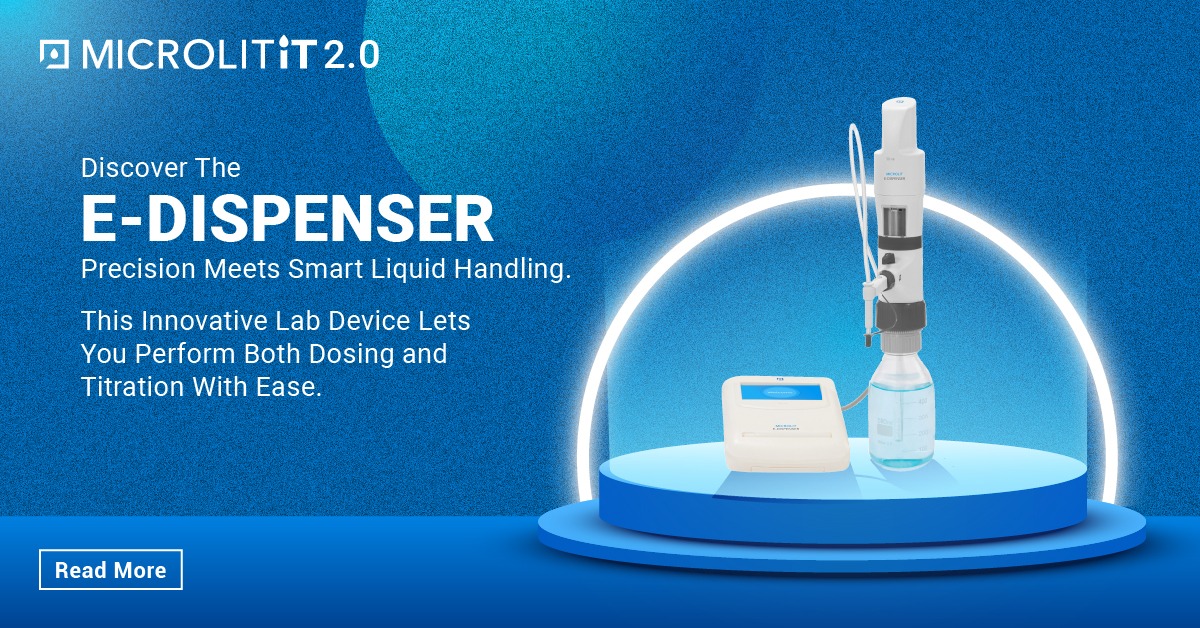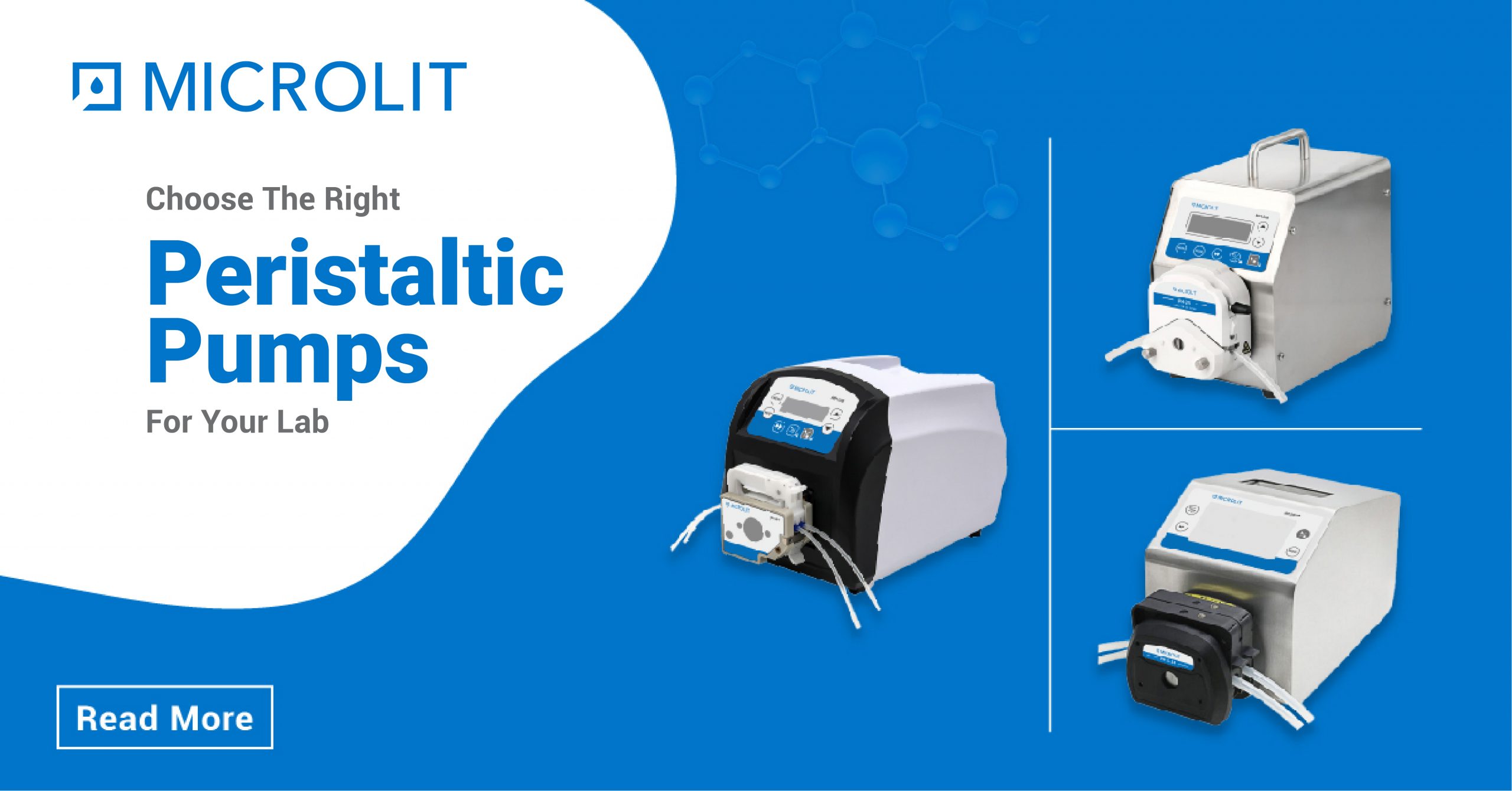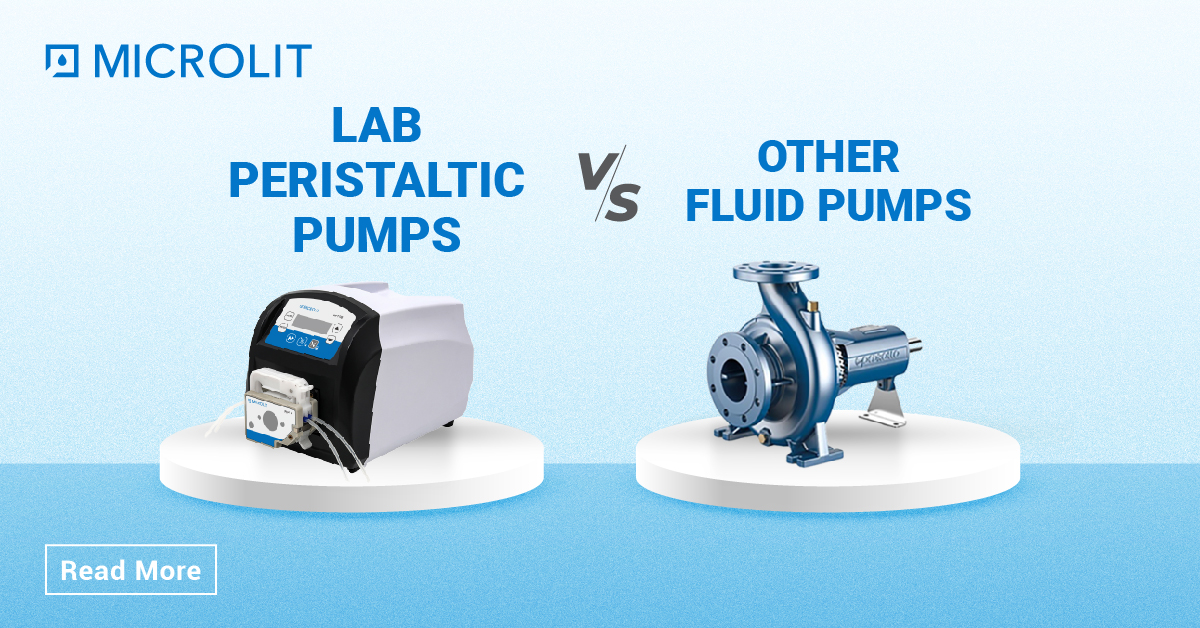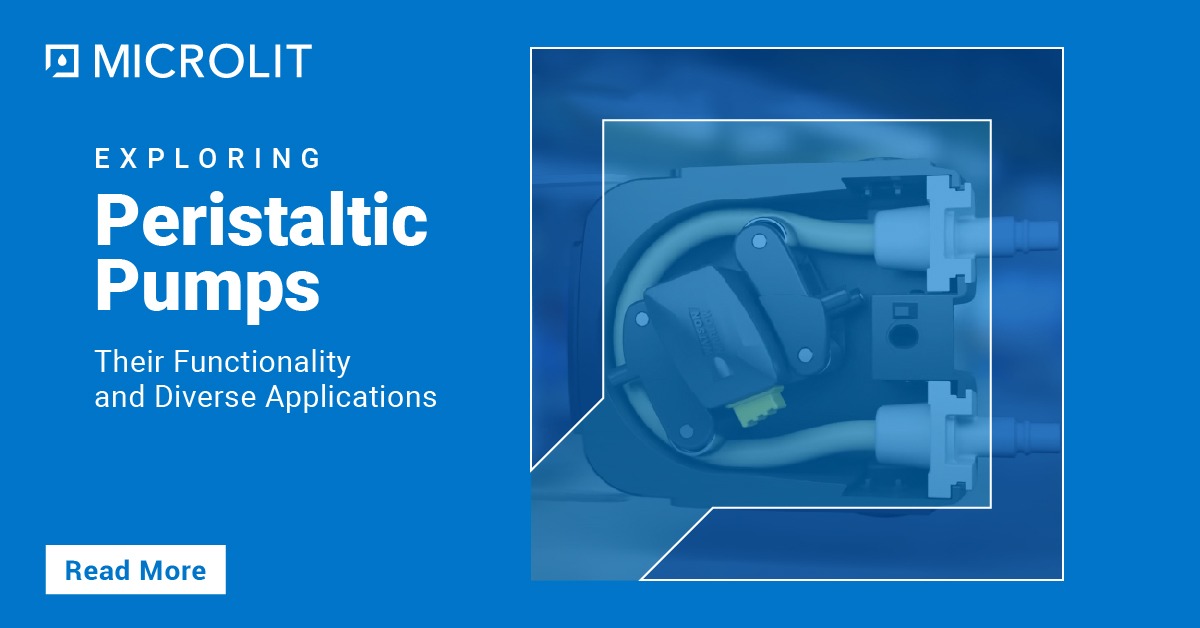Dispensing Solvents with Air Displacement Micropipettes
- August 6, 2019
- ENQUIRE NOW
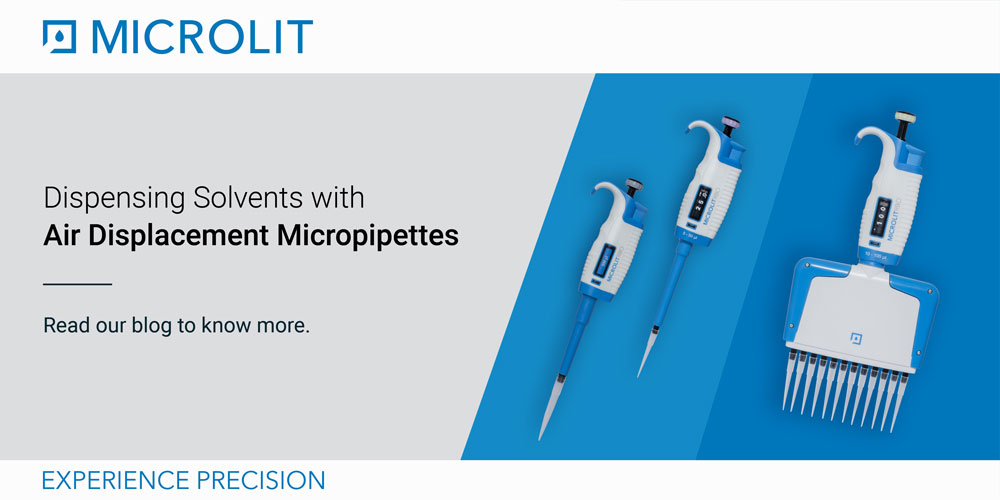
A good scientist understands the significance of accuracy and precision in a lab; there’s no room for casual guesswork in his/her routine. Working with a variety of chemicals in a lab entails that you use them with great care and mindful consideration to obtain correct results, consistently.
One of the most popular lab instruments is an air-displacement micropipette. It is used for various tasks like manual assay development, customary quality control, fully-automated high throughput screening campaigns, etc. It consists of a piston which aspirates and dispenses liquid samples as the air pocket moves up and down, respectively.
However, it has been observed that most pipette fluids do not behave as ideally as pure water – like blood, proteins, detergent, serum, organic solvents or salts. Treating these fluids similar to treating water can introduce significant error to an assay process with respect to the volume being used.
Additionally, environmental factors such as temperature, humidity and atmospheric pressure can also influence the results. And, on pipetting liquids that are different from pure water, factors including vapour pressure, viscosity, density, and surface tension also have to be considered to ensure successful pipetting.
Using air displacement micropipettes
An air displacement micropipette is a piston-driven instrument. A vacuum is generated by the vertical travel of the piston within an airtight sleeve. On pressing the push button (plunger), the piston inside the air-displacement micropipette moves down to let the air out. As the piston moves upward, a vacuum is generated in the space left vacant by the piston. The air from the tip rises to fill the vacant space, and the tip air is replaced by the liquid which is drawn up into the tip. The micropipette is then moved to the desired dispensing location where the plunger is pushed downwards to the first stop, and then to the ‘blowout’ position. This action forces the liquid out of the micropipette into the desired location.
While working with air-displacement micropipettes, the liquid which is to be dispensed does not come in contact with the pipette itself. Instead, a disposable pipette tip is used to draw the liquid into and dispense from the micropipette. On pressing the tip ejector button, the tip is disposed of safely in an appropriate container. This prevents contamination of or damage to the calibrated measurement mechanism by the substance being measured.
Dispensing solvents with air displacement micropipette
Dispensing solvents accurately with an air displacement micropipette can be challenging if not done with the right pipetting technique.
Solvents such as acetone and acetonitrile possess a high vapour pressure and thus evaporate quickly. As soon as the liquid is aspirated into the pipette, evaporation begins. The resulting pressure in the pipette starts building up and eventually forces out some of the liquid back through the opening of the pipette. This is easily observed as a droplet hanging from the tip.
In this regard, the following techniques can be helpful:
1.Pre-wetting the tip: Each time a new tip is applied to a pipette, the captive air inside the pipette tip will have a lower humidity level. This increases sample evaporation. Repeated aspirate/dispense cycles prior to aspirating for delivery will increase the humidity inside the tip, thereby decreasing the amount of sample evaporation. So, while working with solvents, pre-wetting the tip up to 5 times is recommended.
2. Reverse pipetting- Aspirating a little extra to dispense the right amount: Reverse pipetting comes in handy when pipetting high vapour pressure or low surface tension liquids. It provides an effective workaround when using a regular air-displacement pipette.
To perform reverse pipetting:
- Set the pipette to the desired volume.
- Depress the plunger completely – past the first stop to the second (blowout) stop.
- Immerse the tip in the liquid, and slowly release the plunger to full extension.
- Dispense by pressing to the first stop.
- A small volume of liquid will remain in the tip. Blowout the remaining volume into a different container and properly dispose of the used tip.
3. Using well-fitting tips: The tips which do not fit properly allow air to escape when the solvent is drawn up and dispensed, thus leading to inaccurate results. Using a well-fitting tip can eliminate these errors.
4. Rapid Pipetting: Solvents are volatile. Hence, pipetting should be carried out rapidly so as to obtain the correct results.
Micropipettes to the rescue
You may wonder what difference can a microlitre make but a deviation as small as that has the power to determine the success or failure of an experiment. And with the laws so stringent, emphasis on quality control is high. Weighing the benefits that an air displacement micropipette has, it is vital that scientists should turn to them for dispensing aqueous solutions.
Microlit has manufactured a range of air displacement micropipettes under the name Microlit RBO. These micropipettes are highly precise and designed with ergonomics and intuitive handling in mind. The available variants are:
1. Single Channel Variable Volume Micropipette: To get the right volume of the sample, lock the desired volume and proceed with the experiment. It is particularly useful in molecular biology, immunology, genetics, biochemistry.
2. Single Channel Fixed Volume Micropipette: With a set volume, this micropipette maximizes the ease at which the experiment can be carried. It is best suited for clinical diagnostics, control analysis.
3. Multichannel (8-channel and 12-channel) Micropipette: For transferring small amounts of liquids to multiple locations at one go, multichannel micropipettes can be highly useful. These are recommended for molecular screening, kinetic studies, DNA amplification.

